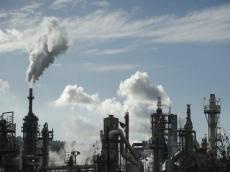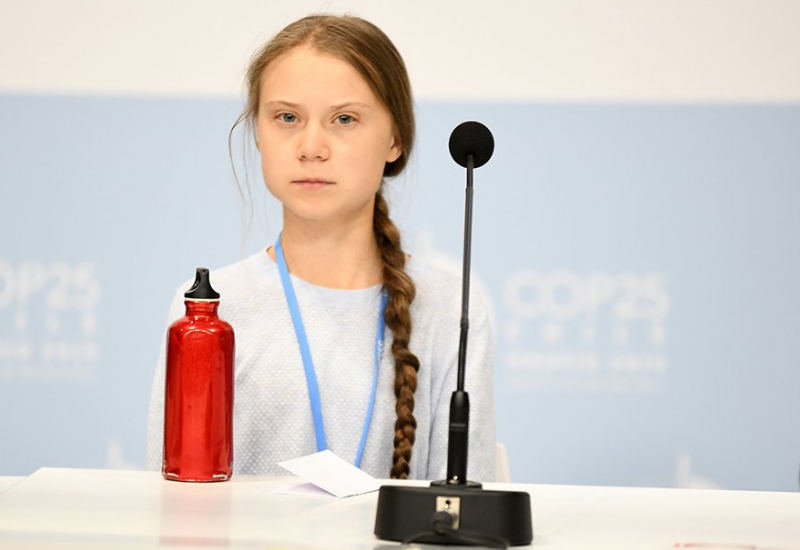|
|
TODAY.AZ / World news
Analysts cast doubt on NT net zero target with major gas projects
22 January 2024 [08:00] - TODAY.AZ

Climate scientists say there is no realistic pathway for the Northern Territory to meet its 2050 net zero emissions commitment, as the NT government continues to sit on a major report detailing how high those emissions are forecast to rise, Azernews reports, citing foreign media.
Despite the warnings, and the NT government's major expansion of the local gas industry, new Chief Minister Eva Lawler says the territory was "absolutely" on track to meet it's 2050 target.
"It's some hard work we'll need to do to get to that target ... we will continue to work hard to achieve that," Ms Lawler said at a recent press conference.
But given the scale of the gas projects in the Beetaloo Basin, Middle Arm industrial precinct and the Barossa gas field, analysts have told the ABC the government cannot lower the Northern Territory's emissions bill.
Early last year, a report backed by the CSIRO stated the Beetaloo Basin could be developed without adding to Australia's net emissions.
However, Dr Bill Hare, a climate scientist and chief executive of Climate Analytics, said the report, and the gas industry, had "substantially underestimated" the likely emissions that would arise.
"For the Barossa, because it's moving to a very carbon intensive gas field, we are looking at about 3.3 million tonnes a year from the project," Dr Hare said.
"For the Beetaloo Basin [and Middle Arm], it depends on the scale at which it's developed, but anything between nine and 49 million tonnes a year."
At its highest end, he said, that equated to 1.3 billion tonnes of greenhouse gas emissions emitted over a 25 year period to 2050.
"It's an absolutely staggering increase at the very moment in which we should be reducing emissions," Dr Hare said.
"Depending upon the scale of the development, the NT's emissions would be increased by 75 to 360 per cent [a year]."
The NT currently contributes just 3 per cent of Australia's total emissions — 15.8 million tonnes in 2021.
Nearly half of those emissions came from the NT's two liquefied natural gas (LNG) terminals, the Inpex and Darwin LNG facilities, which export gas mainly to Japan.
With new gas projects in development, Dr Hare said the Northern Territory's national emissions share was expected to grow from 3 per cent to about 15 per cent a year.
This, he said, would create significant problems for the country's legislated net zero target by 2050 and a 43 per cent emissions reduction target by 2030.
URL: http://www.today.az/news/regions/243868.html
 Print version
Print version
Connect with us. Get latest news and updates.
See Also
- 16 November 2024 [23:20]
World's largest coral reef discovered in Pacific Ocean - 16 November 2024 [22:40]
Air pollution may be major environmental risk factor for autism - 16 November 2024 [22:05]
Seoul says that North Korea interferes with GPS signals in larger area - 16 November 2024 [21:35]
Number of Starship launches could reach four hundred under Trump - 16 November 2024 [20:59]
India sends satellite into space with help of American SpaceX - 16 November 2024 [20:30]
USA, South Korea & Japan strengthen their missile defense capabilities - 16 November 2024 [19:25]
Vienna's solar balcony stations booming thanks to falling prices - 16 November 2024 [08:00]
US and Britain extended treaty on use of atomic energy for defense purposes - 15 November 2024 [23:30]
United States deploys naval reconnaissance aircraft in Scotland - 15 November 2024 [22:27]
Schumacher's latest car is up for auction
Most Popular
 Provocateur Le Pen go to jail
Provocateur Le Pen go to jail
 Macron received a slap in the face from the Vatican
Macron received a slap in the face from the Vatican
 Who uses Greta Thunberg and how?
Who uses Greta Thunberg and how?
 Macron Stung by President Ilham Aliyev's Truth: French Minister Ordered to Skip Baku Visit
Macron Stung by President Ilham Aliyev's Truth: French Minister Ordered to Skip Baku Visit
 Baku made Paris panic. What was Macron afraid of?
Baku made Paris panic. What was Macron afraid of?
 Climate Platform for business, investment & philanthropy launched within COP29
Climate Platform for business, investment & philanthropy launched within COP29
 Azerbaijan’s COP29 presidency sets precedent with focus on amplifying voices of vulnerable nations
Azerbaijan’s COP29 presidency sets precedent with focus on amplifying voices of vulnerable nations
